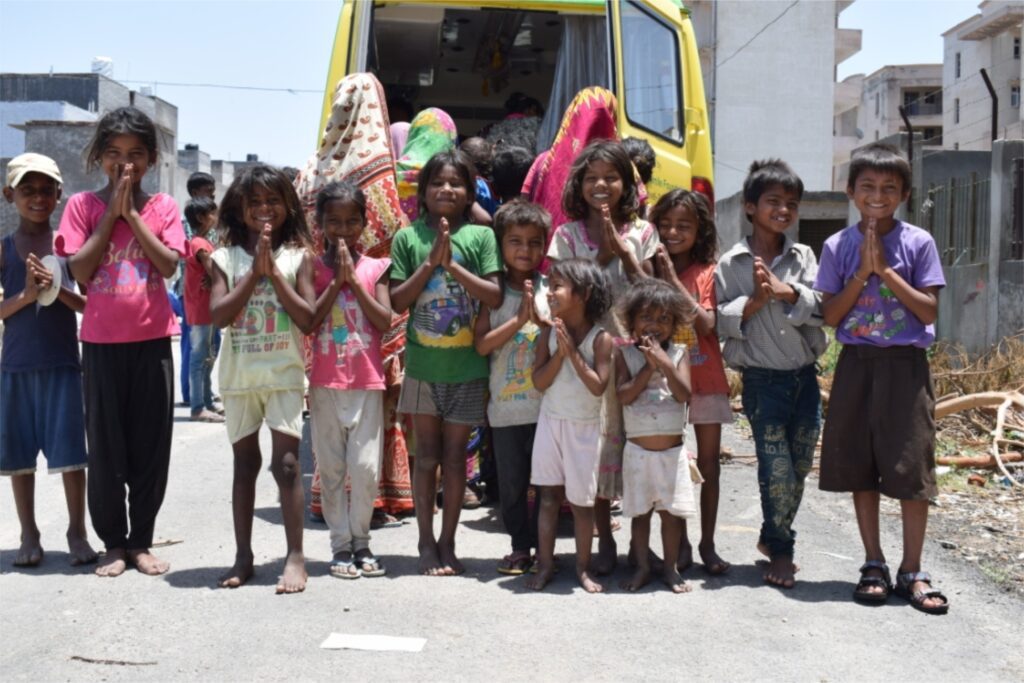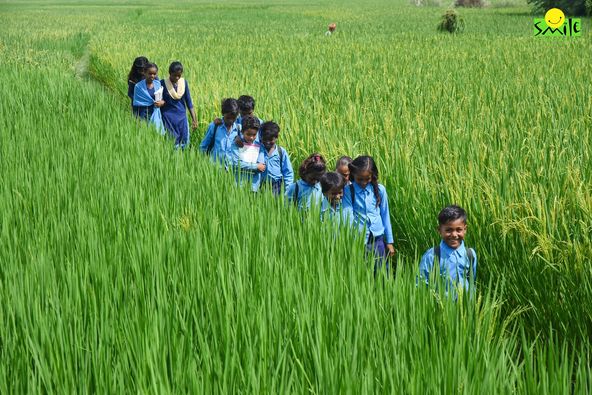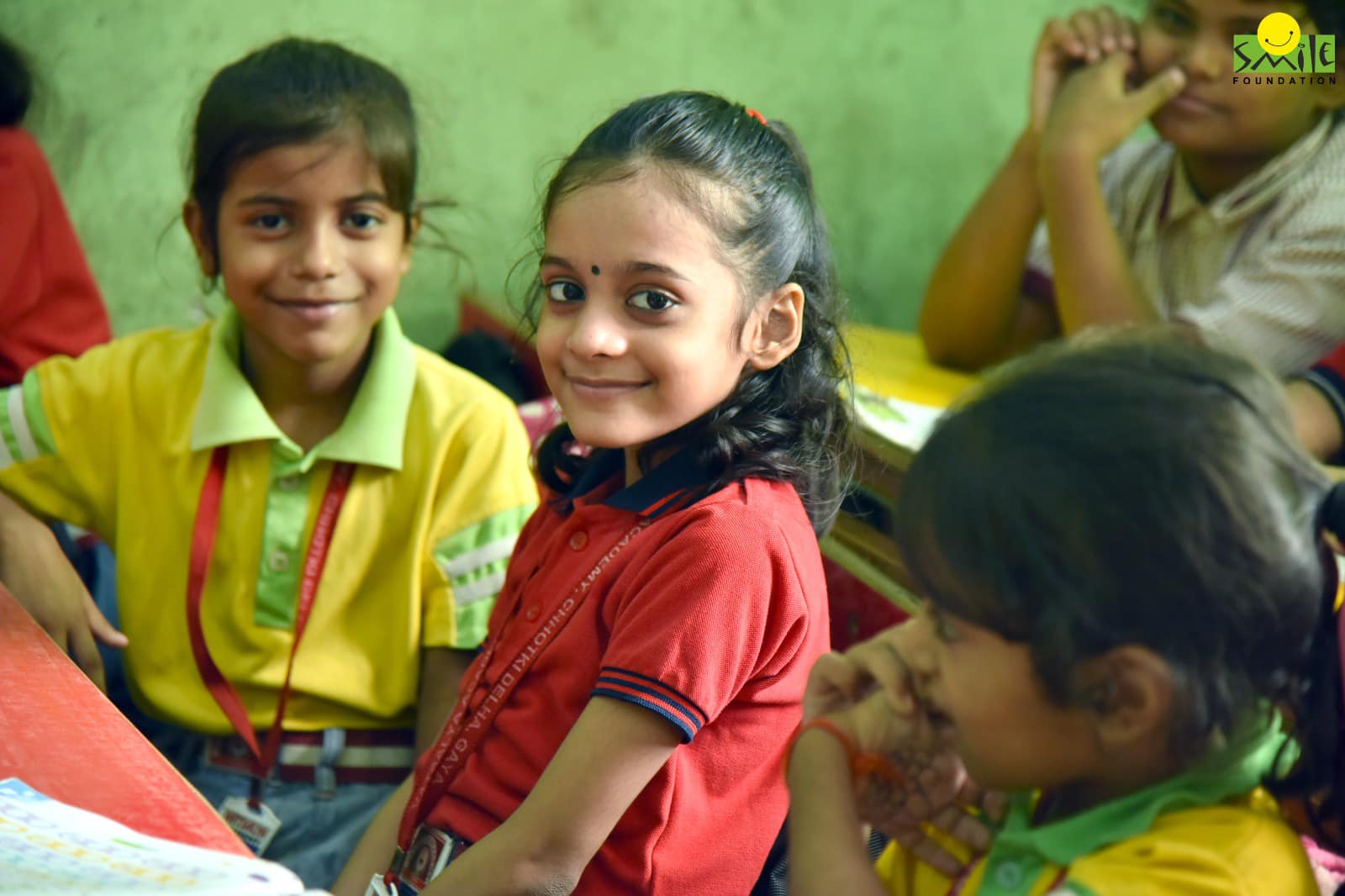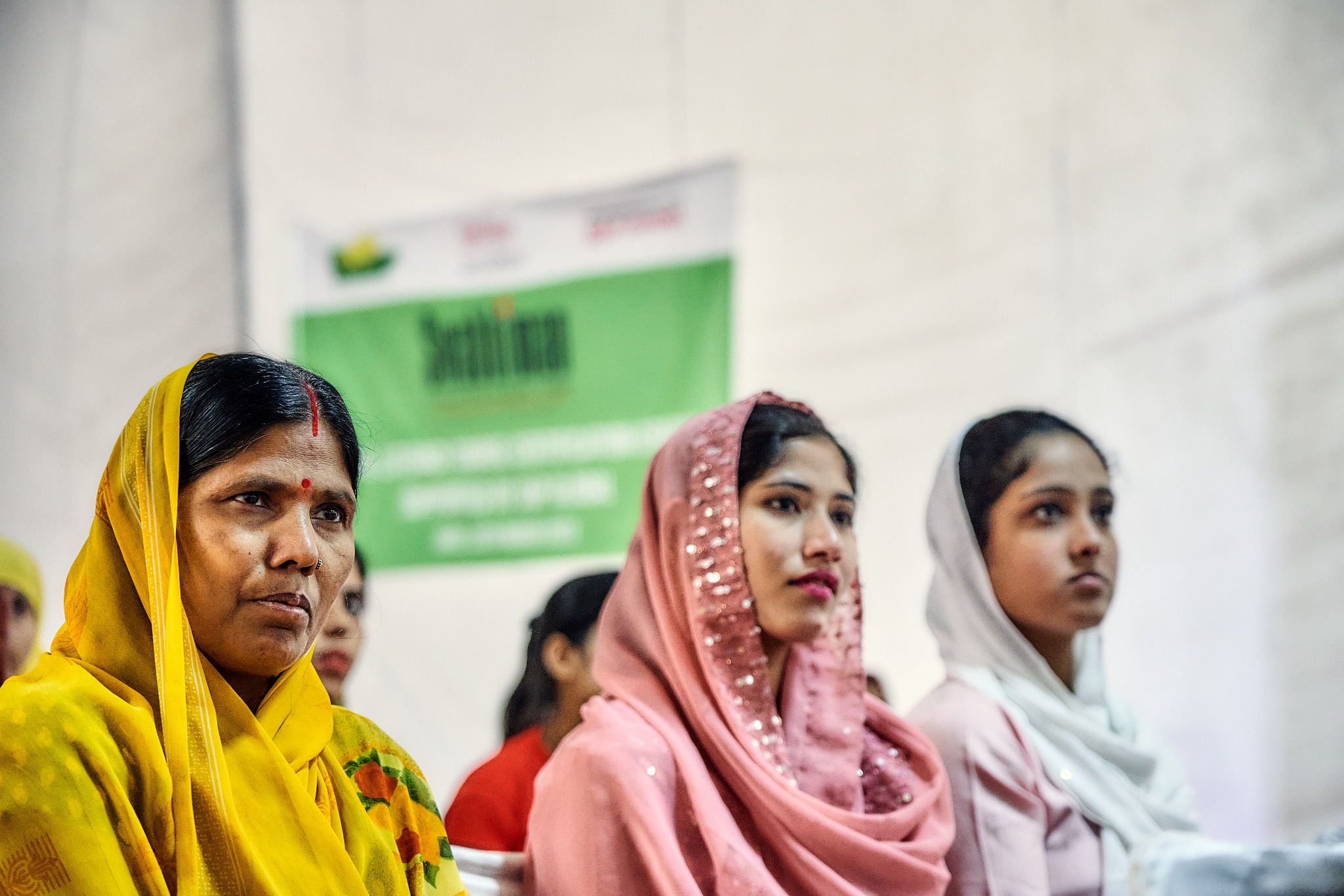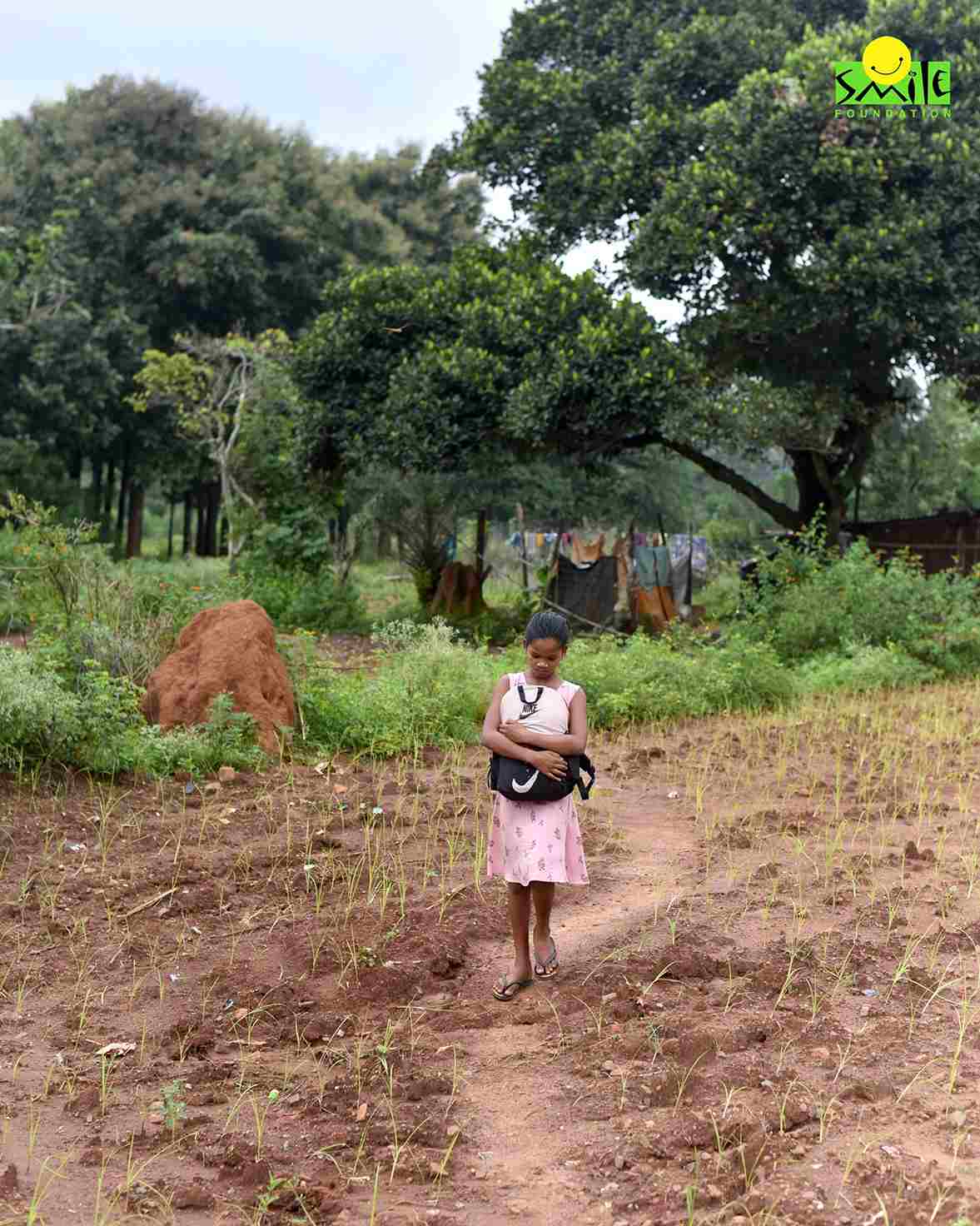We commemorate the World Day Against Child Labour, once again, this time of the year on June 12. Nevertheless, we find an opportunity to self-evaluate, regroup and make resolutions so that we can ‘celebrate’ the day soon in the future.
The United Nations estimate that there are reportedly 33 million child labourers in India. Our census reveals that 20% of the child labourers belong to backward castes and about 80% from Dalit families. Child labour, though rare, is not uncommon amongst the upper caste poor.
As a recollection, the National Policy on Child Labour declared in August 1987 took up a two-pronged and gradual approach to tackle the challenge. First, the aim was vouching for strict enforcement of the laws and secondly, addressing the root causes of the problem such as poverty, caste etc. through development measures.
Well enough.
Early this month, the Govt. of India (The Ministry of Labour and Employment) comes up with the Child Labour (Prohibition and Regulation) Amendment Rules, 2017. The same has automatically come into force.
Hence forth, the principal rules, the Child Labour (Prohibition and Regulation) Rules, 1988 have substituted “Child and Adolescent Labour” for the previous words “Child Labour”. Thanks to the amendment rules.
Going further, awareness on prohibition of employment of child and adolescent has been provisioned in the rules. The Central Government is entrusted with the task of ensuring that children and adolescents are not employed or permitted to work in any occupation or process in contravention to the provisions of the Act, through appropriate measures.
It will include use of both traditional and mass media, displaying the provisions of the Act in all possible public places and institutions, integration of the same in learning materials and school syllabi; training and sensitization of various stakeholders such as Central Labour Service, police, judiciary, civil services and sensitization & refresher courses for Panchayat members, doctors and other government officials.
The rules seem to have gone practical by allowing children to help his family without affecting education. Any engagement that is remunerative for the child or the family is prohibited. Hazardous occupations will be out of bound and the family enterprises will be those where the family will be the occupier. School hours, play time, space for home work, rest etc. are accounted for and a child cannot work for more than three hours without rest or five hours (if the child works as an artist) in a day.
All remunerations to be deposited in the child’s bank account. If a child remains absent consecutively for 30 days without intimation, the school principal or head master is required to report the matter to the concerned nodal officer.
Fines for specific offences, including compounding ones, have been defined for those who violate the provisions for engaging children in work. Obviously, the same applies also for parents.
Going back to the Census 2011 data, it reveals some unsurprising yet disheartening realities. Some 78 lakh Indian children must earn their livelihood while joining school, owing to poverty. More shockingly, 8.4 children do not attend school at all.
As matter of fact, half of the world’s malnourished and stunted children live in India. Nearly half of our population make a living as labour forces in agriculture and other unorganised sectors. Uncertainty in livelihood, seasonal patterns and migration keep on forcing families to hop from one place to another.
On the brighter side, a few government schemes in the areas of livelihood generation and food security for families, and mid-day meals for children have resulted in a drop in child labour number.
There is a tough mission ahead for the government, civil society and to a great extent, the businesses to complement each other on war footing. Else, the coming generation as well as the future will never forgive us.



